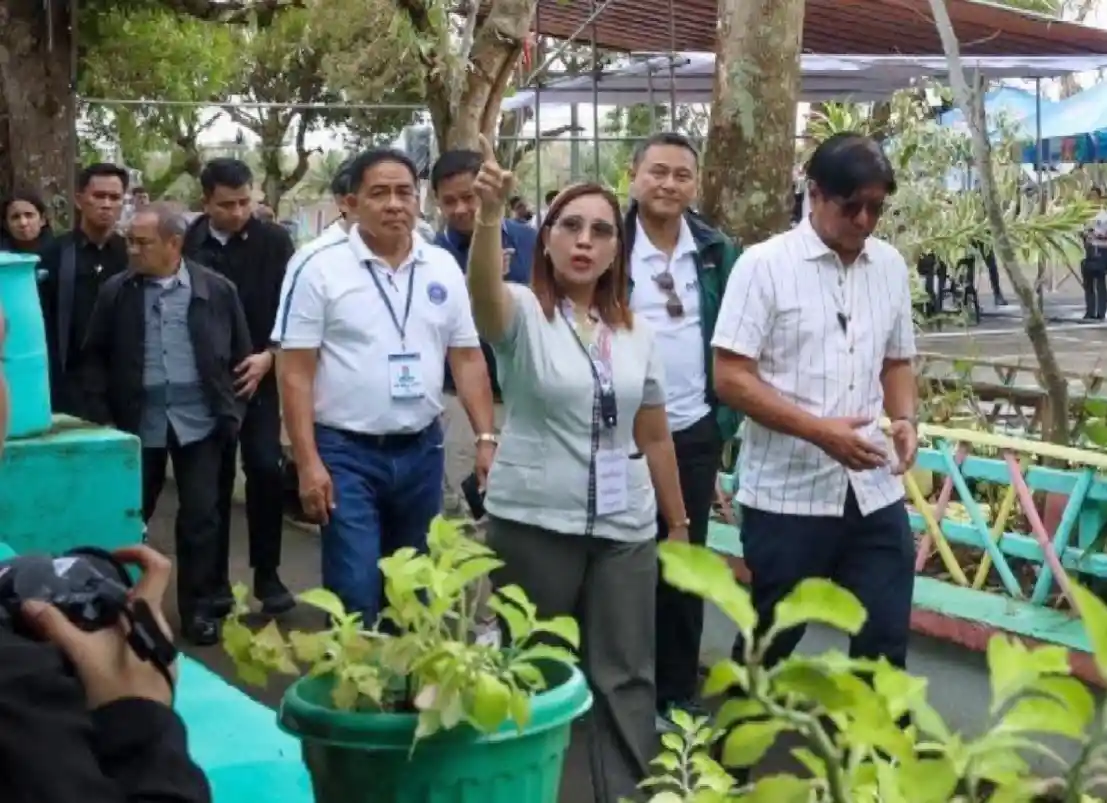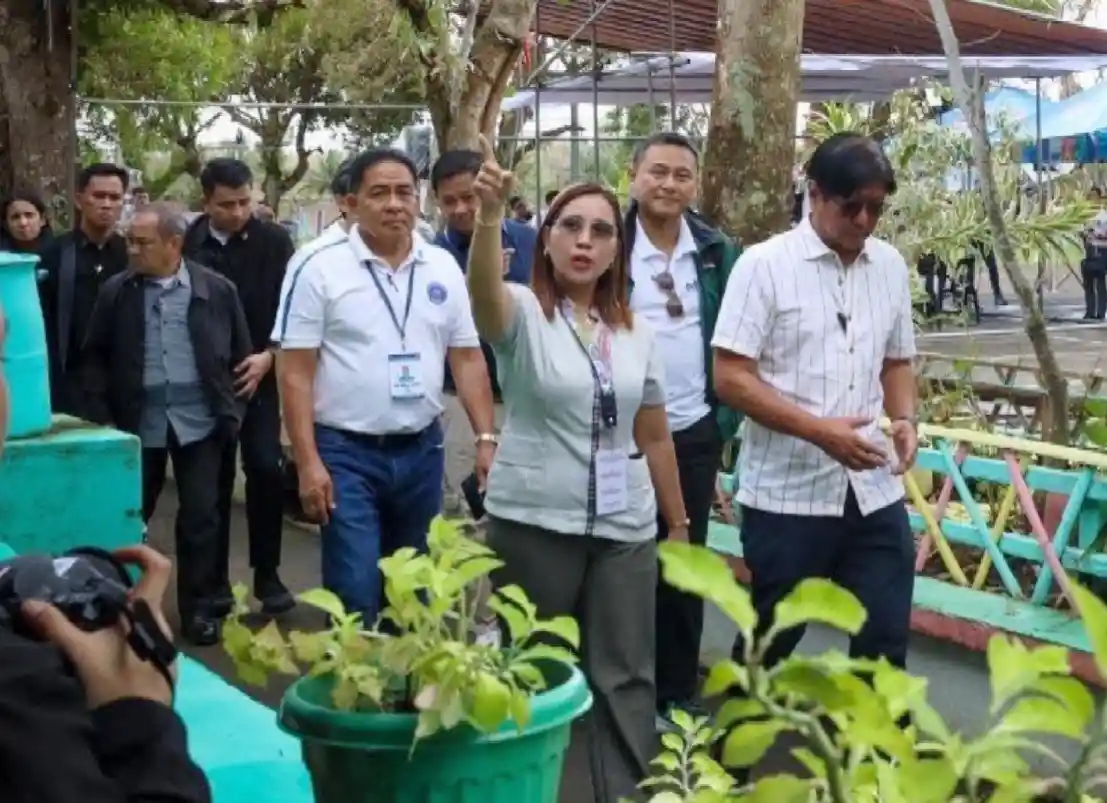DepEd accelerates post-typhoon recovery efforts with alternative learning modes

SHARE
The Department of Education (DepEd) has stepped up recovery operations in communities devastated by Super Typhoon Uwan and Typhoon Tino, pairing clearing efforts with the rapid implementation of alternative learning modes to prevent extended interruptions in education.
The updates were highlighted during the DepEd Management Committee Meeting in Puerto Princesa City, showing how regional offices prepared before the storms and are now sustaining learning in severely affected areas.

The urgency of learning continuity was further underscored Tuesday when Education Secretary Sonny Angara joined President Ferdinand Marcos Jr. on a ground inspection in Bicol. The national officials visited Cararayan-Naga Elementary School in Tiwi Albay, before proceeding to a situation briefing, where local officials detailed the extent of the destruction.
“Hindi tayo titigil sa pag-aayos ng mga paaralan, sa pagbibigay ng alternatibong paraan ng pag-aaral, at sa pagbabalik ng bawat bata sa kanilang karapatan sa edukasyon nang ligtas at mabilis,” Sec. Angara said.
Region V emerged as the hardest-hit area. Reports show that 807 schools sustained damage, affecting a total of 5,742 classrooms. Of these, 743 were totally damaged, with the highest impact recorded in Albay (237 classrooms), Masbate (229), and Catanduanes (190). Major damages accounted for 1,307 classrooms, while minor damages affected 3,664 classrooms.
DepEd has downloaded ₱326 million for Region V to address damages in 1,319 schools. Additional funds to support clean-up, clearing operations, and minor repairs are also being prepared to be released this week.
Meanwhile, DepEd field reports indicate that preparations began days before Uwan made landfall. Several regions have pre-positioned Self-Learning Modules, Learning Activity Sheets, and Dynamic Learning Program materials to allow students to continue lessons despite power outages, floods, and road closures. In Region V, these preemptive measures enabled schools to pivot quickly after the storm passed.
DepEd also reported that most regions have resumed face-to-face classes as of 12 November 2025, including schools previously used as evacuation centers.
In addition to learning continuity, regional teams have conducted rapid damage assessments, coordinated clean-up drives, and worked closely with local government units and volunteers to reopen campuses.
Other regions have also adapted blended setups using online lessons, printed modules, and SMS-based communication depending on connectivity and local conditions. Early-warning protocols and pre-distributed learning materials helped minimize disruptions to classes caused by the storms.
DepEd officials emphasized that the next phase of recovery involves constructing upgraded temporary learning spaces in schools with major or total damage, expanding ADM training for teachers, and strengthening coordination and reporting systems with local governments. Continued psychological support and efficient use of preparedness funds were highlighted as critical to accelerating rehabilitation.
The joint inspection by President Marcos and Secretary Angara reflects the government’s coordinated push to restore safe and reliable learning environments while communities continue their path toward full recovery.
*All Photos from DepEd
RELATED ARTICLES

Signs of Christ’s Return

Calling Driven Leaders: Internship & Volunteer Slots Available!

58th Shell National Students Art Competition “ALAB” Ignites Creativity, Crowns 15 Talented Filipino Artists

The New HUAWEI MatePad 12 X (2026) Delivers Pure PC-Level Efficiency—Empowering Young Professionals and Modern Go-Getters Alike!








